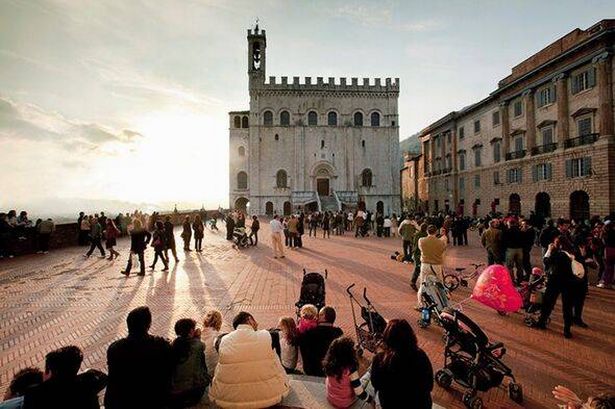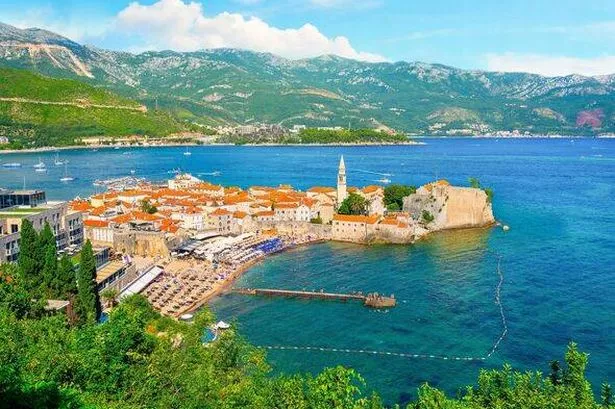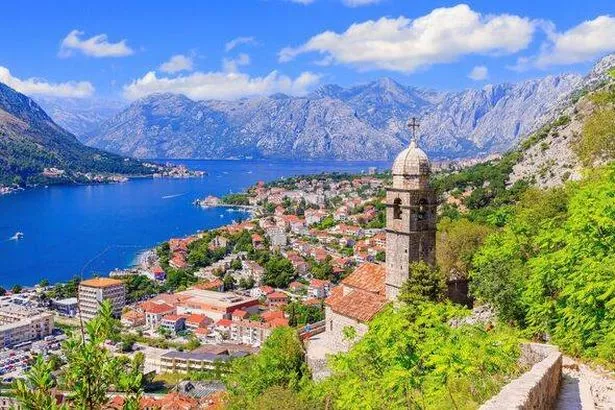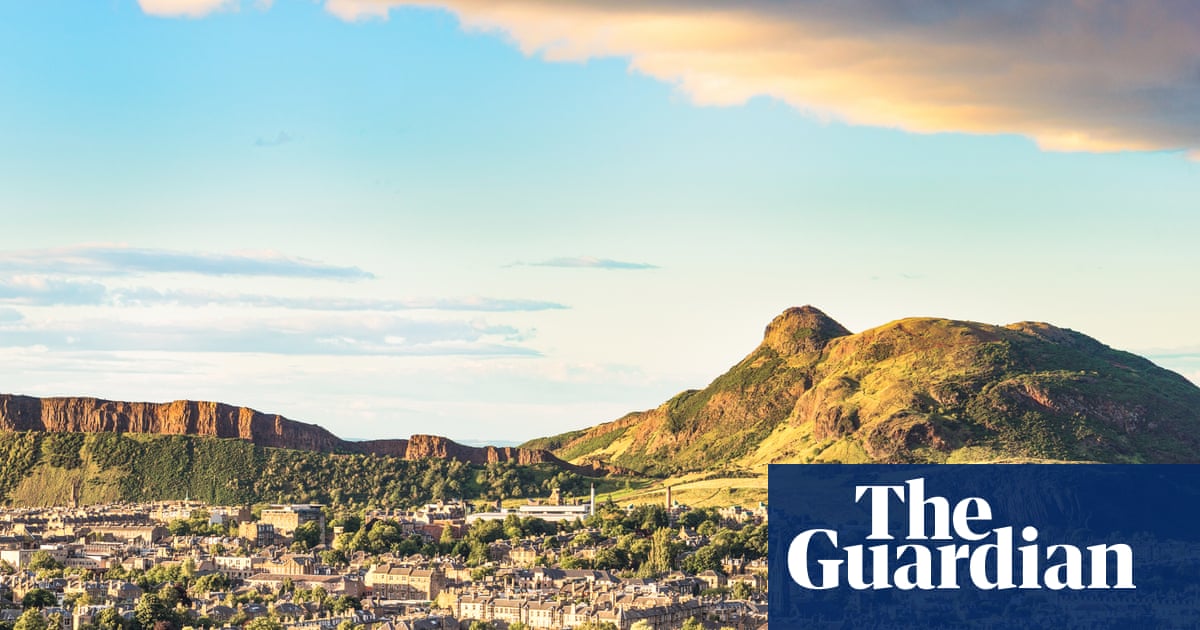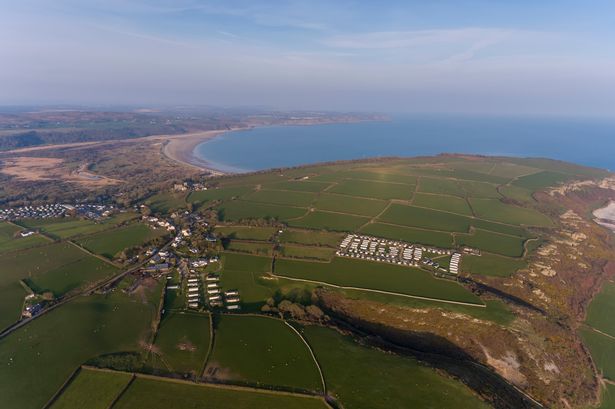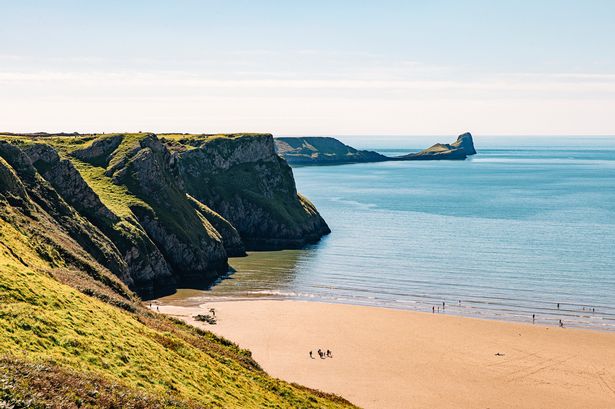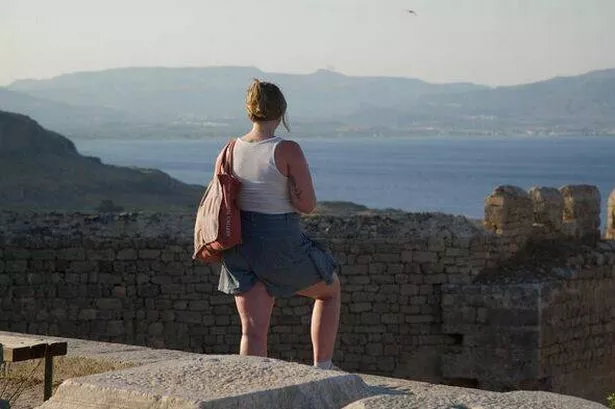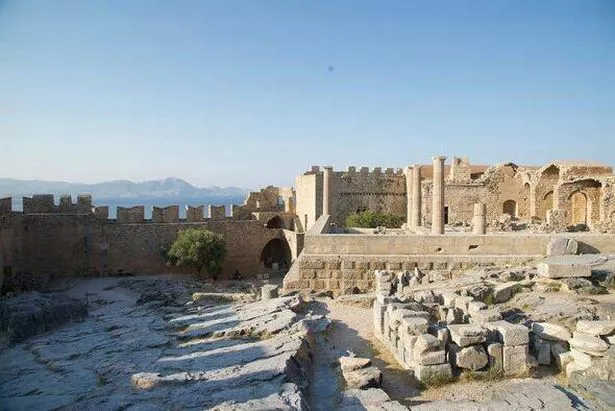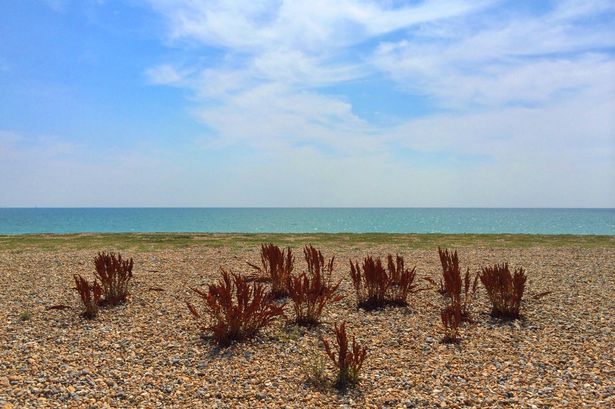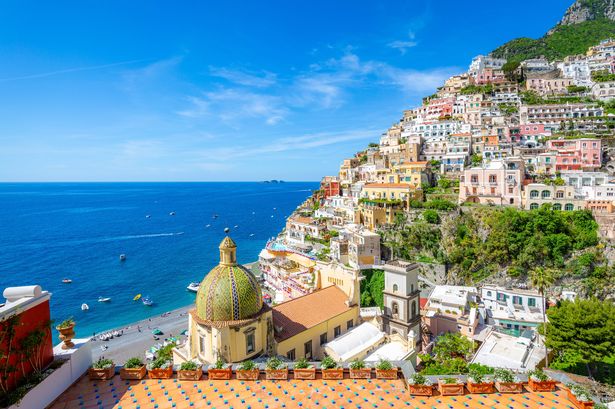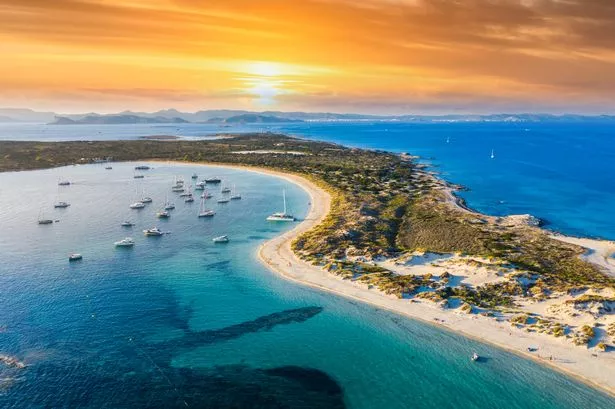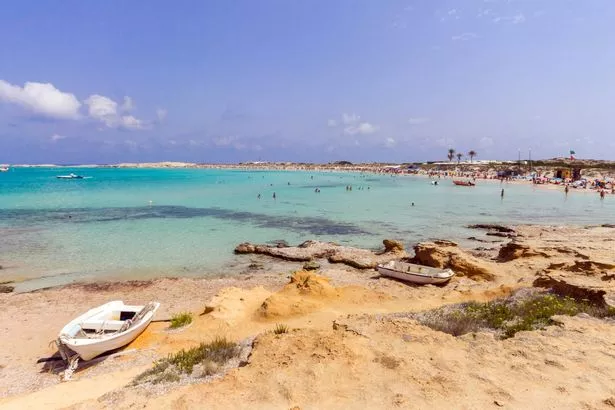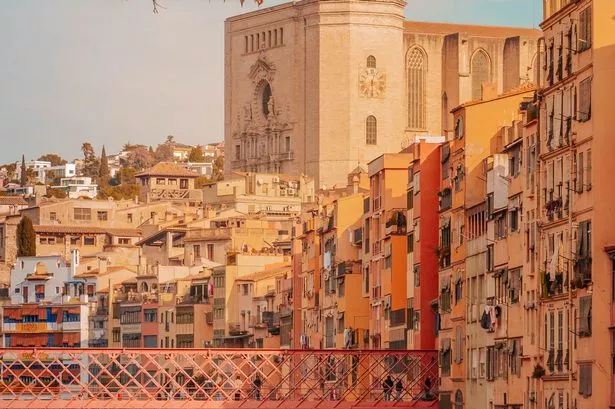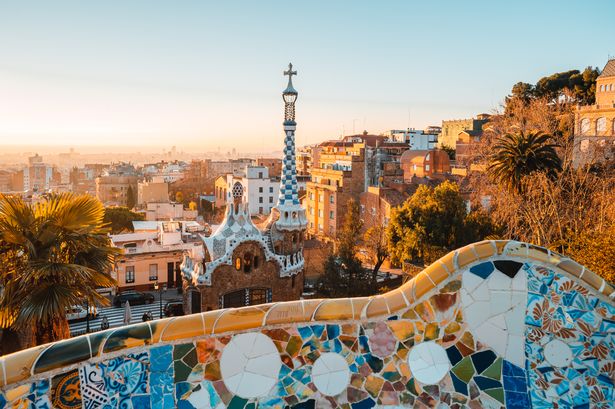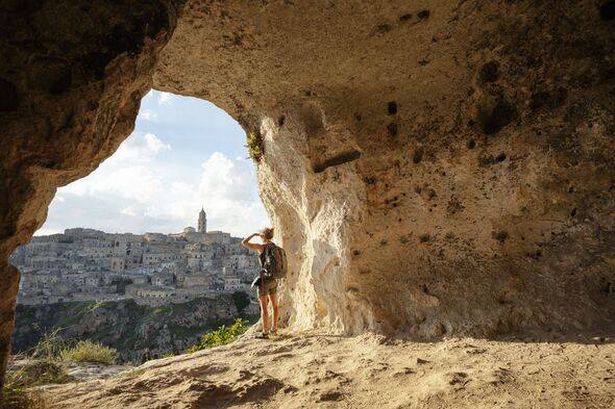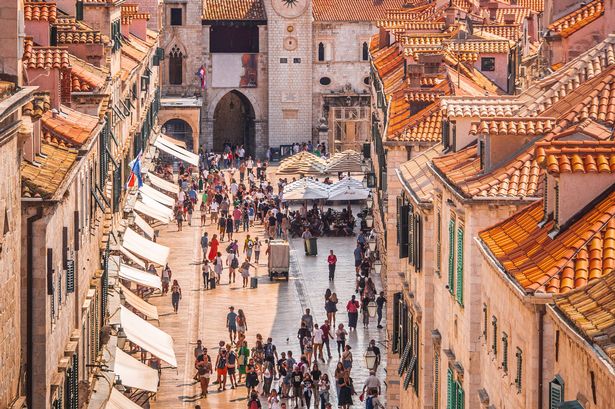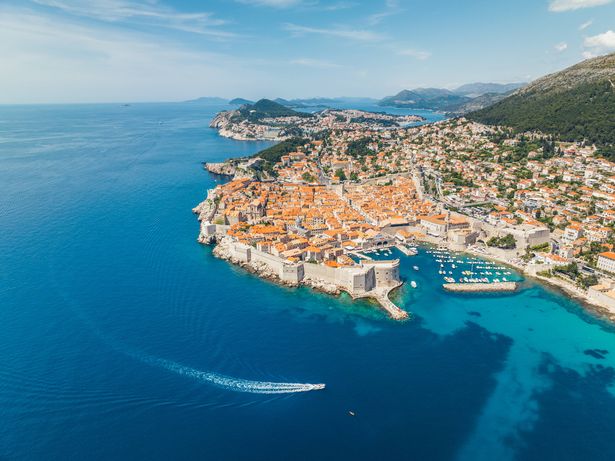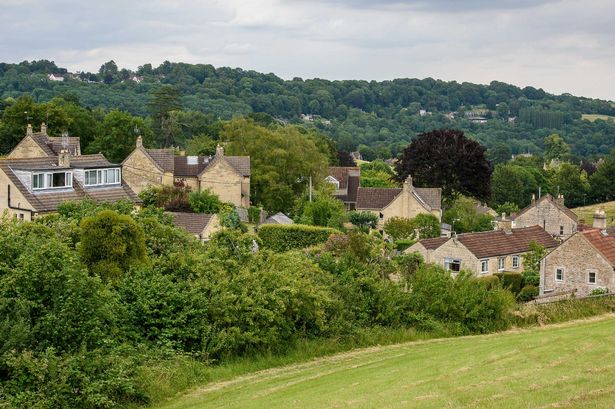It is renowned for its Roman ruins and medieval architecture, and is often described as a ‘mini Rome’ without the bustling crowds
A stunning town famed for its Roman remains and medieval structures resembles a “mini Rome” but without the masses of tourists. Gubbio, a delightful town nestled in Italy’s lush Umbria region, whisks visitors back through the centuries. This ancient settlement is acknowledged as one of Italy’s largest and best-preserved medieval towns.
Tracing its roots back to 1000 AD, it occupies a crucial place in the country’s heritage and boasts historic landmarks alongside a fascinating past. Despite being Umbria’s oldest town, Gubbio remains extraordinarily well-maintained.
Tourists can witness structures that have endured for centuries, perhaps even millennia, scattered throughout the settlement.
Indeed, a Roman theatre stands here, constructed around 20BC, which ranked as the second largest in the Roman Empire under Emperor Augustus’ rule, reports the Express.
The remnants of Gubbio’s Roman Theatre remain visible on the town’s periphery.
Essential sights include the Palazzo dei Consoli and the Duomo di Gubbio, which proves immensely popular amongst visitors who have experienced the area.
Travellers can also discover the collections within the Palazzo dei Consoli, featuring artefacts from Gubbio’s past, archaeological discoveries, and artistic treasures.
Since Gubbio lacks the fame of other destinations in Italy’s central regions, holidaymakers can savour exploring its historic attractions without the typical throngs.
This presents a rare chance given Italy’s enormous popularity amongst globetrotters. The picturesque town is a stone’s throw away from central Italy’s hotspots, nestled just an hour’s drive from Perugia and a mere two hours from the Renaissance city of Florence.
Both cities are well-connected, with direct flights available from numerous UK airports and across Europe.
A travel guru has dubbed it a “historic marvel”. Ed Maughan, Managing Director of GroupAccommodation.com, describes the town as a “historic marvel that is brimming with impressive ancient sites” that leave visitors spellbound amidst its serpentine, cobblestone streets.
Adding to the town’s allure is the eerie “bird cage” cable car, known locally as the Funivia. The journey begins at the Basilica di Sant’Ubaldo on Monte Ingino, immortalised by Dante in his 11th-century works.
The two-seater cable cars are constantly on the go, so you’ll need to be nimble to hop aboard for the ride down to the town.
Labelled as “unique” by many, the town’s enchanting beauty has captivated travellers.
One TripAdvisor review said: “We were staying at a resort nearby and drove to Gubbio for the day. A small town, but very upscale. Apparently, the wealth is held by a few families. One of them makes cement and has factories around the world. Don’t miss the caged ride to the top for a great view.”
Another user expressed: “Being able to orient myself to Gubbio. Beautiful medieval city. Very informative. Train ran continuously over the course of the day.”
